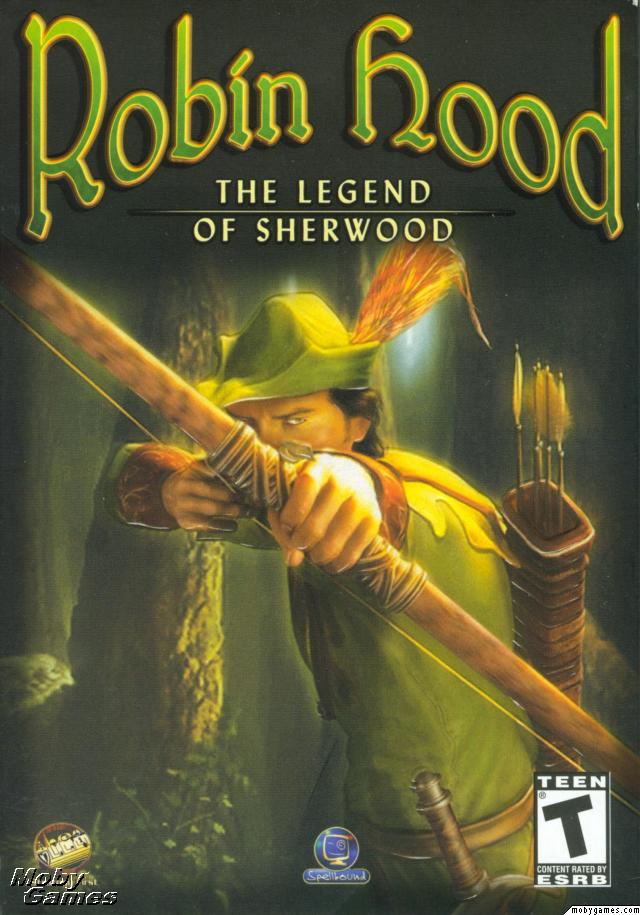


'Forest' was a legal term, and meant an area subject to special Royal laws designed to protect the valuable resources of timber and game (Vert and Venison) within its boundaries. The ruins of King John’s hunting lodge can still be seen near the Nottinghamshire village of Kings Clipstone. It became a Royal hunting forest after the Norman invasion of 1066, and was popular with many Norman kings, particularly King John and Edward I. The name 'Sherwood' was first recorded in 958AD when it was called Sciryuda, meaning 'the woodland belonging to the shire'. Names ending in ‘by’ like Thoresby, are Scandinavian in origin, ‘thorpe’ as in Gleadthorpe are Danish, and ‘feld’ (field) as in Mansfield, are Roman. Most of these communities still exist today. By the 9th century, farming communities were making a greater impact on the Sherwood landscape. During the late Iron Age and Roman periods, human habitation and farming was more common. Early historyĮvidence of flint tools shows some use of the Sherwood area by prehistoric hunter-gatherers. The park is within an area which originally bore a Viking name “birch lund”, now known as Birklands. Sherwood Country Park lies just north of Edwinstowe, two miles from Ollerton and 17 miles north of Nottingham on the A614 Nottingham-Doncaster road. History of Sherwood Forest, Robin Hood and Major Oak


 0 kommentar(er)
0 kommentar(er)
